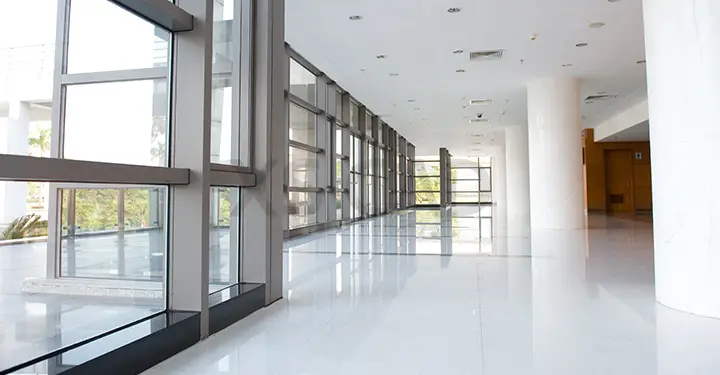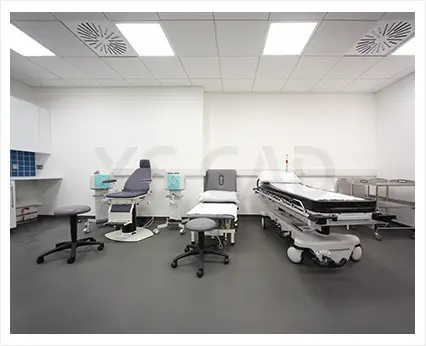Our Articles

The Role of MEP Systems in Infection Control in Hospital Buildings
Did you know that MEP design can account for 30% to 40% of the total construction costs in a healthcare facility? Thus, the need for hospital building engineering design to be foolproof and efficient is more than evident.
It’s a well-established fact. For the smooth functioning of modern society, it is critical that we have a robust healthcare sector, where essential systems run seamlessly. Unfortunately, challenges of inefficient planning and a shortage of resources abound. As part of the solution, adapting to and adopting the latest technological advances and most efficient strategies in MEP design is crucial. Clearly, MEP systems, including ventilation, plumbing and electrical systems, play a vital role in infection control in hospital buildings, and the right design partner must provide high-quality plumbing system design, duct design for HVAC systems, fire protection system design and sustainability design.
Major Contribution of MEP Systems
Fundamental to hospital operational infrastructure, electrical, mechanical and plumbing systems must offer consistent reliability, functionality and adaptability to emergency situations. Incompetent designs can lead to catastrophic results in a life-or-death situation and can also affect the outcome of treatment. For example, improper internal air quality may have a disastrous and adverse effect on patients, both in critical care and those on the way to recovery.

In addition, ineffective or faulty MEP design can even shape perceptions of the facility and its medical expertise, possibly damaging reputations.
Today’s healthcare sector requires competent MEP engineering as a mandatory condition. It is imperative to provide efficient ventilation, air conditioning, water and drainage, lighting, power heating and infection control throughout a hospital’s premises.
Infection Control
While developing MEP design for a hospital, one of the most crucial considerations must be the threat of infections and measures to minimise them. Involving risk managers can help a healthcare facility determine the probability of infections and minimise their risk.
Some of the measures to control infection, ensure cost efficiency and save energy include:
Resilience
It is mandatory that essential systems function constantly and consistently to prevent the spread of infection. Patients can be left open to infection if any system fails to operate or experiences faulty functioning.
Thus, it is incumbent on reliable MEP designers to reduce the risk of an infectious environment and ensure an uninterrupted power supply, even provide immediate backup in case of power cuts.
To ensure a safe healthcare facility with optimal functionality, hospitals must find design partners who are experienced, reliable and expert in providing mechanical engineering plumbing design, mechanical 3D modelling services, thermal load calculations and HVAC heat load calculations. Currently, many Western healthcare facilities are sourcing these partners overseas.
To know more about MEP systems . . .
XS CAD has valuable experience providing mechanical 3D modelling services and sustainability design for general contractors and consultants. Our range of services for consultants and across the world include thermal load calculations, HVAC heat load calculations, duct design for HVAC systems, plumbing system design, mechanical engineering plumbing design and fire protection system design, creating models and drawings by using Revit BIM, AutoCAD and BIM Collaborate Pro for cloud collaboration.

